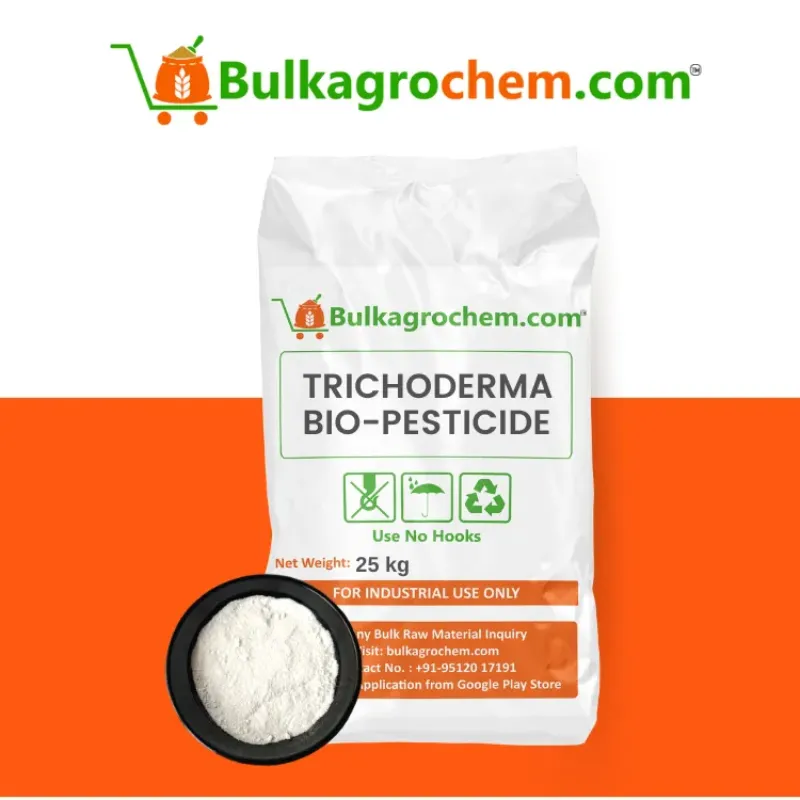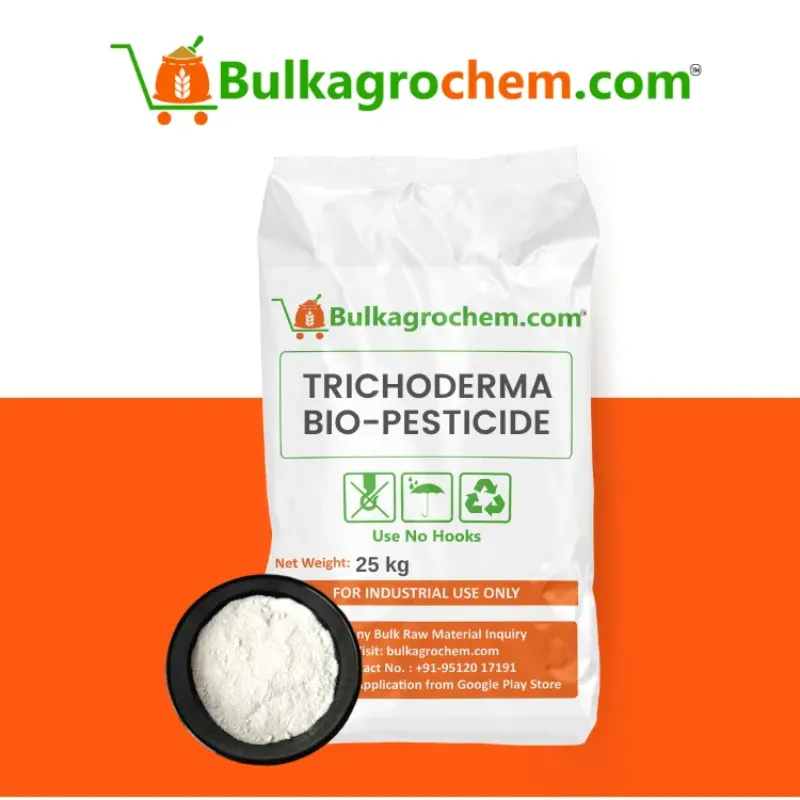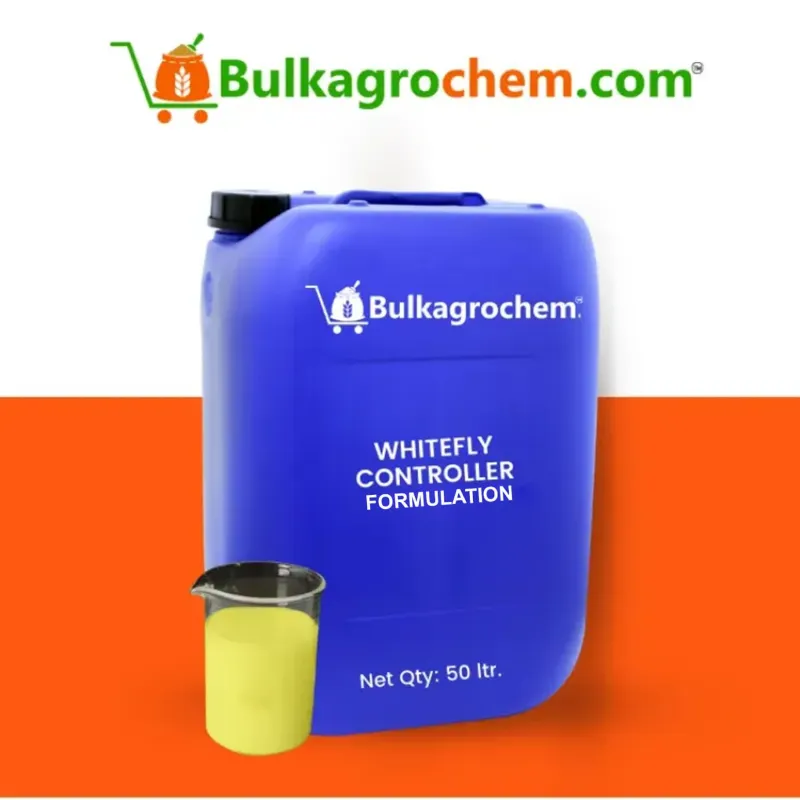In today’s agriculture, increasing crop yields sustainably is one of the biggest challenges farmers face. While synthetic fertilizers are commonly used to enhance soil nutrients and boost yields, they come with environmental risks, such as soil degradation, water pollution, and greenhouse gas emissions. However, there are alternative and effective methods to increase crop yields without relying on synthetic fertilizers. These methods focus on improving soil health, natural nutrient cycles, and better farming practices. In this blog, we will explore how farmers can grow healthy crops and achieve higher yields without the use of synthetic fertilizers by leveraging natural and sustainable techniques. One of the most effective ways to increase crop yield is by improving the organic content of the soil. Healthy soils with rich organic matter provide essential nutrients to plants and improve the soil structure, which helps crops absorb water and nutrients more efficiently. Organic matter, such as compost, animal manure, and crop residues, can be added to the soil to enrich its fertility. Adding organic matter to the soil increases the levels of nitrogen, phosphorus, potassium, and other essential nutrients that crops need for growth. Unlike synthetic fertilizers, which provide quick but short-term results, organic matter helps build long-term soil fertility. This is because organic materials break down slowly, releasing nutrients gradually over time and helping plants access what they need throughout their growing cycle. By consistently applying organic inputs, farmers can improve soil texture, promote root development, and achieve sustainable increases in crop yield. Crop rotation is an age-old farming practice that remains one of the best methods to naturally enhance soil fertility and increase crop yield. Instead of planting the same crop on the same land year after year, farmers rotate crops with different nutrient needs. This practice prevents the depletion of specific nutrients from the soil and helps maintain soil fertility over time. Legumes, such as beans, peas, and clover, are especially beneficial in crop rotation systems because they fix nitrogen in the soil. These plants have a symbiotic relationship with nitrogen-fixing bacteria in their root nodules, which convert atmospheric nitrogen into a form that plants can absorb. By incorporating legumes into crop rotations, farmers can naturally replenish nitrogen in the soil, reducing the need for synthetic fertilizers. Rotating crops also reduces pest and disease cycles, as different crops attract different pests. This creates a healthier growing environment, leading to stronger plants and higher yields. Cover crops are another sustainable solution for increasing crop yield without using synthetic fertilizers. These crops, typically planted during off-seasons, help protect the soil, prevent erosion, and improve fertility. Common cover crops include legumes, grasses, and brassicas. Cover crops offer several benefits. First, they add organic matter to the soil when they decompose, increasing the soil’s nutrient levels. Secondly, they can capture and store nitrogen in the soil, making it available for the next crop cycle. For instance, legumes used as cover crops fix nitrogen, improving soil nitrogen content without the need for synthetic inputs. Additionally, cover crops help improve soil structure, making it more aerated and conducive to water retention, which promotes healthy root growth in future crops. This results in better plant development and increased yields. Healthy crops free from pests are essential for achieving good yields. Integrated Pest Management (IPM) is a strategy that combines different methods of pest control, such as biological control, cultural practices, and the use of natural pesticides. Rather than relying solely on chemical pesticides, IPM focuses on preventing pest outbreaks by creating an environment that is less favorable for pests and diseases. For instance, farmers can introduce beneficial insects that prey on pests or use natural pest repellents like neem oil or garlic sprays to protect crops without the need for synthetic chemicals. By keeping crops healthier, farmers can avoid yield losses and improve the quality of their harvest. In addition to pest management, farmers can use natural fertilizers to boost crop growth. These fertilizers, such as bone meal, fish emulsion, and seaweed extracts, provide plants with essential nutrients like nitrogen, phosphorus, and potassium. Natural fertilizers release nutrients slowly and improve soil health, contributing to sustained crop yield improvement. Proper water management is crucial to maximizing crop yields, especially in regions where water is scarce. Over-irrigation can lead to soil erosion and nutrient runoff, while under-irrigation can stress plants and reduce yields. Implementing efficient irrigation systems such as drip irrigation, sprinkler systems, and rainwater harvesting can help farmers provide the right amount of water to their crops. Drip irrigation, in particular, delivers water directly to the plant’s root zone, reducing water waste and ensuring that crops get the moisture they need. By avoiding water stress, farmers can promote healthy plant growth and improve yields. Healthy soil with good organic matter also retains water better, meaning crops grown in well-maintained soils are more resistant to droughts and require less irrigation. When water and nutrient availability are balanced, plants grow more vigorously, resulting in higher yields. Composting is an eco-friendly way for farmers to create nutrient-rich soil without the need for synthetic fertilizers. By recycling organic waste, such as crop residues, animal manure, and food scraps, farmers can produce compost that is rich in essential nutrients. This compost can be added back into the soil, improving its structure and fertility. Composting also encourages the development of beneficial microorganisms that help break down organic matter into nutrients that plants can absorb. The slow release of these nutrients means that crops receive a steady supply throughout the growing season, resulting in healthier plants and increased yields. Regular application of compost helps build resilient soil that supports higher yields over time. In addition, composting reduces waste and contributes to a more sustainable farming system. Tillage, or the turning of soil, can damage soil structure, disrupt beneficial organisms, and lead to erosion. Reduced tillage and conservation tillage methods aim to minimize soil disturbance, helping to maintain soil health and fertility. Conservation tillage leaves crop residues on the field after harvest, which helps protect the soil from erosion and retains moisture. The organic matter from the previous crops gradually decomposes, providing nutrients to the next crop. Reduced tillage also promotes the development of earthworms and other beneficial soil organisms, which aerate the soil and improve nutrient availability. By maintaining healthy soils with minimal disturbance, farmers can increase their crop yields without the need for synthetic fertilizers. Reduced tillage also saves energy and labor, making it a cost-effective approach for sustainable farming. Bio-fertilizers are an effective alternative to synthetic fertilizers. These natural products contain living microorganisms that help improve soil fertility by fixing nitrogen, solubilizing phosphorus, and promoting plant growth. Bio-fertilizers like rhizobium, azospirillum, and phosphate-solubilizing bacteria can be applied to crops to enhance nutrient availability. Similarly, microbial inoculants introduce beneficial bacteria and fungi into the soil. These microorganisms form symbiotic relationships with plant roots, improving nutrient absorption and promoting plant growth. For example, mycorrhizal fungi help plants access phosphorus, a critical nutrient that is often limited in the soil. By using bio-fertilizers and microbial inoculants, farmers can increase their crop yields without relying on synthetic inputs. These natural solutions help create a healthy and balanced soil ecosystem that supports plant growth. Farmers can increase crop yield without synthetic fertilizers by adopting sustainable and natural farming practices. Improving soil health through organic matter, practicing crop rotation, and using cover crops are key strategies for maintaining fertile soils. Natural fertilizers, composting, and bio-fertilizers offer effective alternatives to synthetic inputs, while efficient water management and reduced tillage help optimize crop growth. These methods not only increase crop yield but also promote long-term sustainability and environmental health. By shifting away from synthetic fertilizers, farmers can protect their soil, reduce environmental impacts, and ensure that their land remains productive for future generations. Incorporating natural solutions into farming practices offers a win-win scenario for both farmers and the environment, leading to higher yields and a healthier planet.1. Build Soil Health with Organic Matter
2. Crop Rotation and Legumes for Nitrogen Fixation
3. Use Cover Crops to Improve Soil Fertility
4. Integrated Pest Management (IPM) and Natural Fertilizers
5. Efficient Irrigation and Water Management
6. Composting for Nutrient-Rich Soil
7. Reduced Tillage and Conservation Tillage
8. Use of Bio-Fertilizers and Microbial Inoculants
Conclusion
Bulkagrochem
Submit your contact number & get exciting offer
Bulkagrochem.com
Bulk Purchase & Get Bulk Discount
Share your number to receive customized bulk pricing, availability updates, and exclusive offers directly via WhatsApp.

Recommended Products




